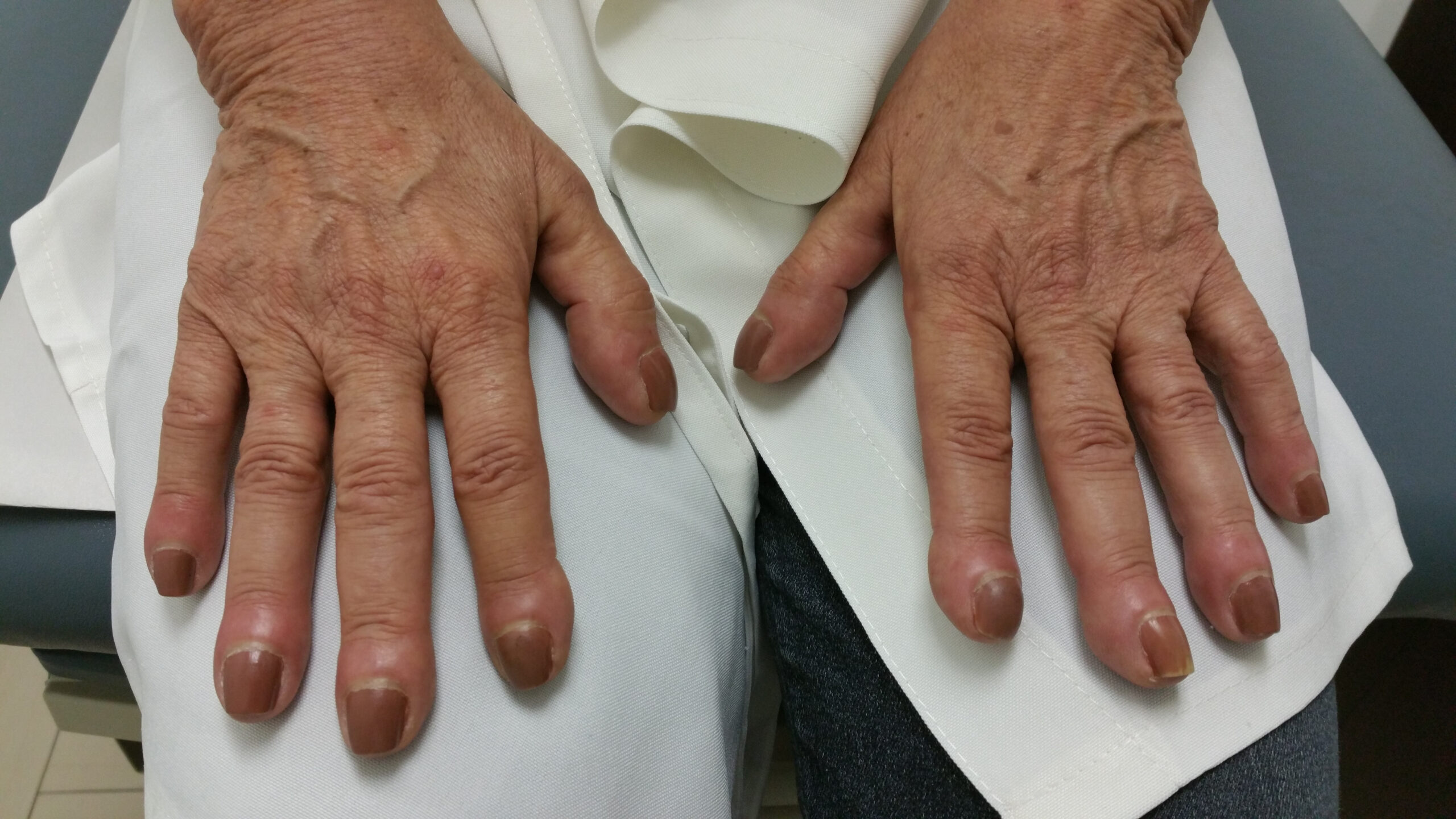
Asbestos Gloves and Clothing – Mesothelioma Risks
There has never been a complete ban on asbestos manufacturing in the United States, but the restrictions have halted almost all of the production and distribution of many asbestos products. Exposure to asbestos gloves by either wearing or manufacturing them could lead to a mesothelioma or asbestosis diagnosis. Although most production of asbestos gloves and clothing has stopped, the heavy manufacturing of asbestos continues in Russia and China. The European Union has banned the substance, but the United States allows certain amounts of asbestos to enter for use in the chloralkali industry—though the EPA is reevaluating that decision as of March 2023.
Back in the 1800s, the accessibility of the product— because of increased manufacturing, made it the easy choice when deciding what material to use to make fire and heat-proof items. Asbestos has a fibrous texture, which makes it easy to spin into clothing and textiles making it useful in certain industries and occupations.
Chrysotile Asbestos in Heat Resistant Gloves
Chrysotile asbestos is the most common form of asbestos and is the type used in heat-resistant asbestos gloves. A series of published articles starting in the 1660s and throughout the 1700s talked about the history of asbestos, which made people begin to use asbestos in many new products—including gloves. Companies put asbestos fibers into new materials to create new heat-resistant items to put on the market. In that process, manufacturing workers consistently worked around asbestos fibers that were put into the air to produce these products.
This made it easy for them to inhale the fibers, and those asbestos fibers have caused mesothelioma in many former workers and consumers of these products. Researchers in the UK conducted a study in 2005 to see just how likely workers wearing asbestos gloves would contract mesothelioma or other asbestos-related diseases. Wearing asbestos gloves alone was shown to have a low exposure rate. With researchers continuing to study how asbestos exposure has affected people, the more likely those who were exposed and have mesothelioma will learn about their mesothelioma treatment options.
Workers exposed to asbestos may receive legal compensation. Reach out to learn what options are available for workers and their loved ones.
What Does Asbestos Do to Your Fingers?
While it is more common to inhale asbestos fibers, it’s possible that workers manufacturing asbestos for asbestos gloves, textiles, and other clothes absorbed the asbestos through their skin. Workers who handled asbestos without gloves may over time have developed warts or finger clubbing. The warts were benign masses that formed from repetitive contact with the substance but didn’t lead to any adverse health effects.
Finger clubbing may suggest the onset of disease for some. Finger clubbing is when the nail bed begins to bend and cover the sides and tips of your fingers. This is an early sign of asbestosis or a lung condition caused by long-term exposure to asbestos, which can cause scar tissue in your lungs.
A group of researchers in London, United Kingdom, studied a group of 167 cases of asbestosis and if there was a prevalence of finger clubbing. At the time of their asbestosis diagnosis, 42% of the group also had finger clubbing present. Their research suggested that those with asbestosis and finger clubbing are part of a group with higher mortality rates and risk of disease progression.
How Asbestos Fabric and Textiles Are Used
During the peak of asbestos manufacturing in the 19th century, asbestos was introduced into new products and woven in cotton to create fabric and textiles that could be worn for fire safety. Up until the 1980s, people working in foundries, steel plants, and as firefighters used asbestos gloves and clothing to protect themselves from their hot working environments. Items such as pants, jackets, gloves, and aprons all had asbestos fibers in them to protect those wearing them from the heat.
Even some oven mitts manufactured at the same time contained asbestos since the fibers were easily woven in. Exposure from using asbestos oven mitts hasn’t been known to have the same effect as those who used asbestos gloves daily.
Amatex Corporation was one of many companies manufacturing textile asbestos. From 1950 until 1982, their asbestos products included cloth, yarn, thread, lap, tubing, and cords. The company eventually filed for bankruptcy in 1982 after being hit by 9,000 consumer and former worker claims of wrongful asbestos exposure. To pay out all of their claimants, the company set up an asbestos trust of $16 million. Within the first 10 years of having the trust, it was drained of $11 million from those who had filed claims.
Occupations That use Asbestos Gloves and Garments
Where workers may have worn asbestos gloves and garments include:
- Firefighters
- Steel Plant Workers
- Glass Workers
- Foundry Workers
- Shipyard Workers
- Electricians
- Furnace Operators
- Textile Mill Workers
These occupations have varying levels of exposure depending on what they did with asbestos products. Textile mill workers handled asbestos daily and broke up the fibers, which created dust that those workers then inhaled. Since manufacturing plants involved the breaking and separating of asbestos fibers in a contained space, the air quality in these buildings wasn’t great. Aside from the polluted air that was created during the manufacturing process, some of the walls in the building also contained asbestos. Workers may secondarily expose their families to asbestos dust and lint when coming home from work. There is also evidence to suggest once a person has inhaled asbestos, some of it could stay in the body for a lifetime and potentially harbor future lung diseases like mesothelioma and asbestosis.
How Dangerous is Asbestos in Clothing?
Asbestos in clothing can be hazardous and can lead to a mesothelioma diagnosis. If you’ve worked as a manufacturing worker, handled or worn asbestos gloves and clothing, or lived with someone who does either of the before mentioned, your chances of contracting a lung disease are high. Long-term asbestos exposure is linked with developing mesothelioma and may take from 10-60 years to show signs of cancer.
Wearing asbestos gloves and clothing for long periods of time allows the asbestos fibers to absorb into the skin and create unwanted health issues. Secondhand exposure from a family member bringing it home on their skin, hair, or clothes can also be dangerous. Don’t discredit your secondhand exposure from a family member bringing it home or your firsthand exposure at a manufacturing plant or at your job — Speak with our mesothelioma patient advocates to create a plan specialized for you.
Last updated on March 19th, 2024 at 11:37 pm

